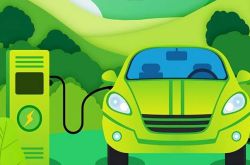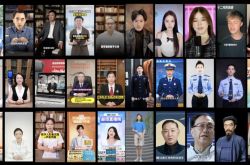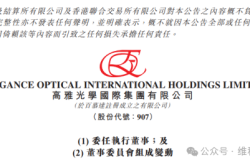Huawei's Prevalence in Cars: A New Norm or a Redundancy?
![]() 01/14 2025
01/14 2025
![]() 606
606
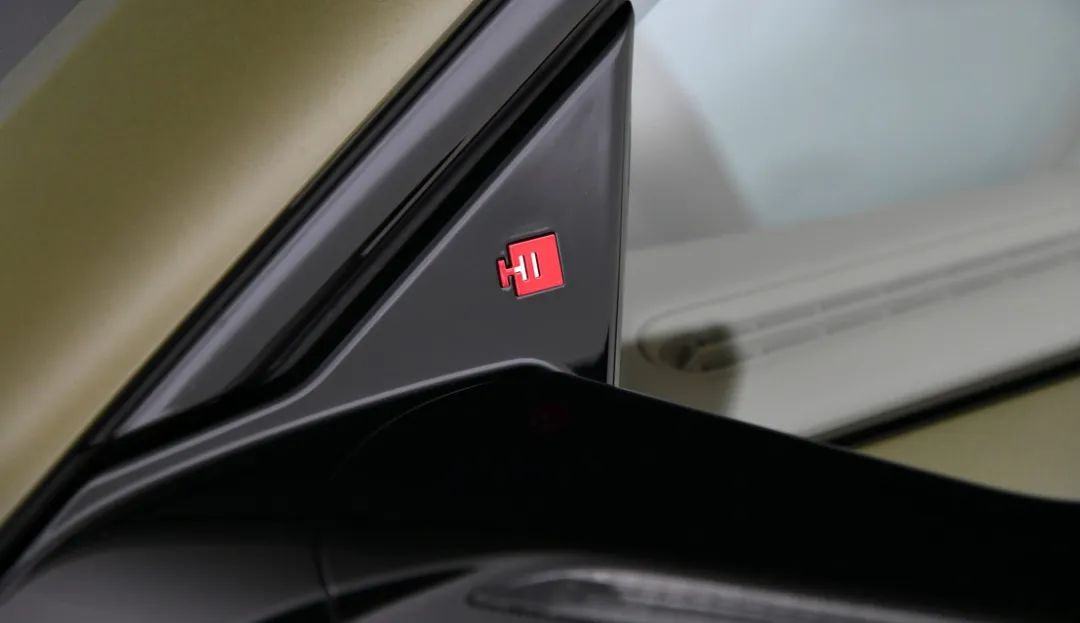
Introduction
The landscape of automotive competition is resetting.
It may come as a surprise to many that once-rigid Japanese automakers have finally softened their stance. Recent news indicates that Honda and Huawei, two industry giants, are actively exploring the potential for cooperation in smart driving technology. This trend not only heralds a new era in intelligent vehicle development but also marks a significant step forward for Honda on its journey towards intelligent transformation.
It is reported that in the future, Huawei's smart driving technology is expected to be integrated into Honda's "Ye" brand models, alongside Honda's SENSING 360+ high-level smart driving system. This means that consumers will have the opportunity to experience an intelligent driving system that combines the technological strengths of both Honda and Huawei, offering safer, more convenient, and more comfortable travel services.
It is worth mentioning that the first batch of Ye brand models, S7 and P7, were originally scheduled for launch at the end of 2024 but have now been postponed to the first quarter of 2025. According to relevant sources, this adjustment is closely tied to the integration and debugging of smart driving technology, ensuring the models showcase optimal intelligent performance upon release.
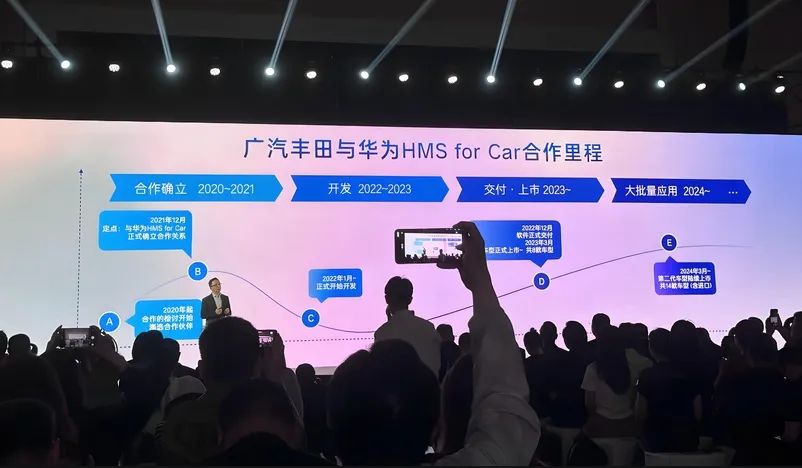
To date, all three leading Japanese automakers have adopted Huawei's smart driving or smart cabin technology in the Chinese market. Toyota's joint venture has chosen Huawei's smart cabin technology, combining Huawei hardware with Momenta software for its smart driving solutions. Dongfeng Nissan, on the other hand, has become the first joint venture brand to fully cooperate with Huawei, introducing the HarmonyOS cabin.
In the fiercely competitive realm of smart cars, automakers are increasingly seeking partnerships with technology companies to bolster their competitiveness. As a leader in this field, Huawei has naturally become a target for many automakers. Many automakers have opted to collaborate with Huawei to enhance their products' intelligence and competitiveness.
Huawei's Initial Breakthroughs
It is undeniable that Huawei's contributions to the field of smart cars are substantial. Whether it's the independently developed HarmonyOS operating system or its advanced intelligent driving assistance system, Huawei has brought about unprecedented changes in the automotive industry. The integration of these technologies not only elevates the intelligence level of vehicles but also provides consumers with a more convenient, safe, and comfortable driving experience.
Huawei currently operates in the automotive chain through three cooperation modes:
The HarmonyOS Smart Drive mode, formerly known as the Smart Selection mode, where Huawei fully and deeply empowers automakers, playing a pivotal role in various aspects from product definition, vehicle design, parts supply, to promotion, marketing, and sales. Its core cooperation achievements are evident in the four major brands: Wenjie, Zhijie, Xiangjie, and Zunjie.
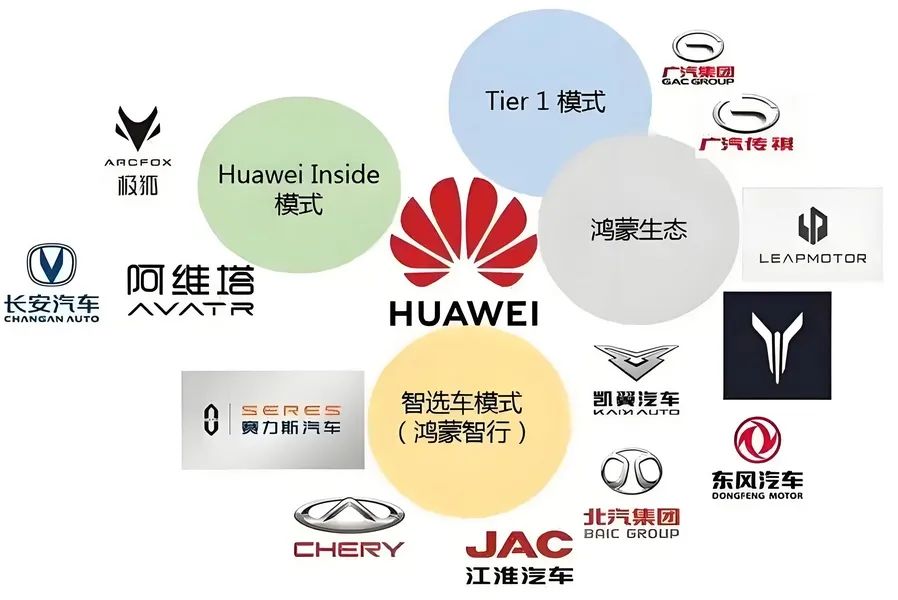
The HI mode involves cooperating with automakers by empowering them from the architecture and intelligent system levels. Huawei provides a full-stack smart car solution to help automakers create high-quality intelligent connected electric vehicles. Currently, automakers such as BAIC ARCFOX, Changan AVIATAR, Dongfeng Voyah, and Changan Deep Blue have joined the HI mode cooperation ranks.
In the components mode, Huawei acts as a Tier1/Tier2 supplier. It has launched over 30 intelligent automotive components, covering products such as autonomous driving computing platforms (MDC), LiDAR, HarmonyOS in-vehicle operating systems, AR-HUD heads-up display systems, and multi-in-one powertrains. Its main cooperation partners include BMW, Audi, SAIC, BYD, etc.
Therefore, when automakers choose to collaborate with Huawei and apply its technology to their products, it is undoubtedly a testament to Huawei's technological prowess. The automotive industry has been observing the phenomenon of "Huawei content" for some time. In fact, from a sales and market popularity perspective, brands or models with higher "Huawei content" tend to be more favored by the market.
Furthermore, certain new energy vehicle models have become hot commodities to a certain extent through Huawei's empowerment. For instance, the Wenjie series of models, including the recently launched Zhijie R7, is a prime example. Models like Changan Deep Blue and Voyah Dreamer have also seen a significant boost in sales by vigorously promoting their Huawei-powered intelligent equipment.
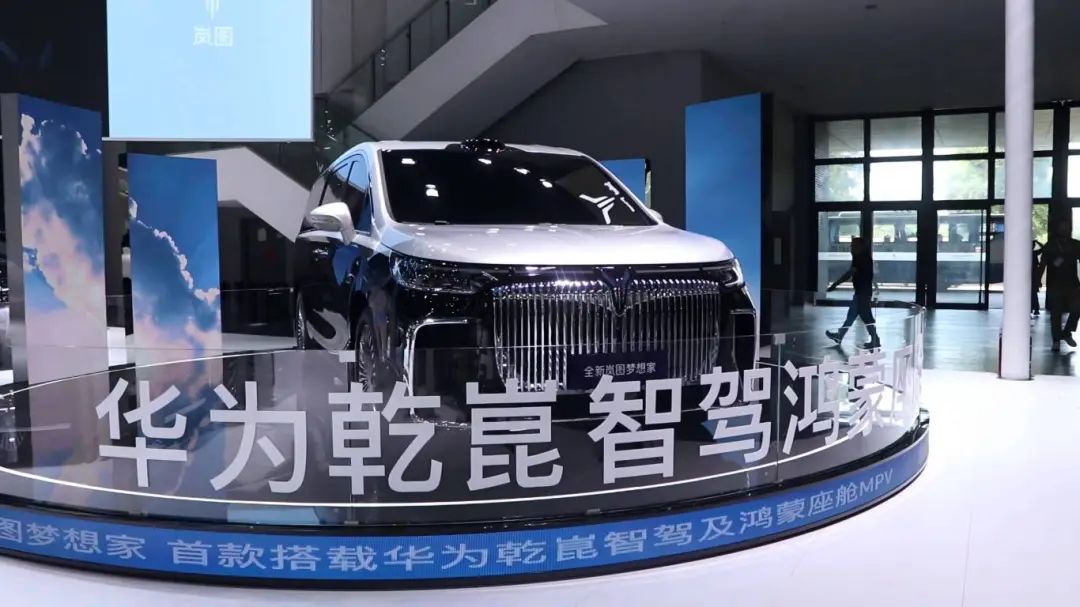
As Huawei's intelligent ecosystem continues to expand, it is highly plausible that in the future, every car will be equipped with Huawei's intelligent technology. By then, Huawei's intelligence will no longer be just a cooperation option or special feature but will evolve into a basic configuration of a car model, akin to previous safety and technical configurations like ESP and tire pressure monitoring.
However, when "every car is equipped with Huawei" becomes a commonality, challenges will arise. On one hand, the widespread adoption of Huawei technology may lead to its uniqueness gradually fading. If every car is equipped with Huawei technology, then when consumers choose a vehicle, Huawei's technology will no longer be a unique selling point but a standard feature.
For automakers, this is not entirely positive news. Once Huawei technology becomes a standard configuration, it will be difficult for automakers to establish a unique competitive advantage based on this technology, making vehicle differentiation more challenging. This means that relying solely on Huawei technology to attract consumers will no longer suffice, and automakers need to explore new avenues for differentiation.
Therefore, automakers have returned to the starting point of competition—deeply exploring and cultivating their core competitiveness. This may encompass various aspects such as vehicle design, performance, quality, and service. For example, automakers can focus on vehicle design or optimize vehicle performance and driving experience.
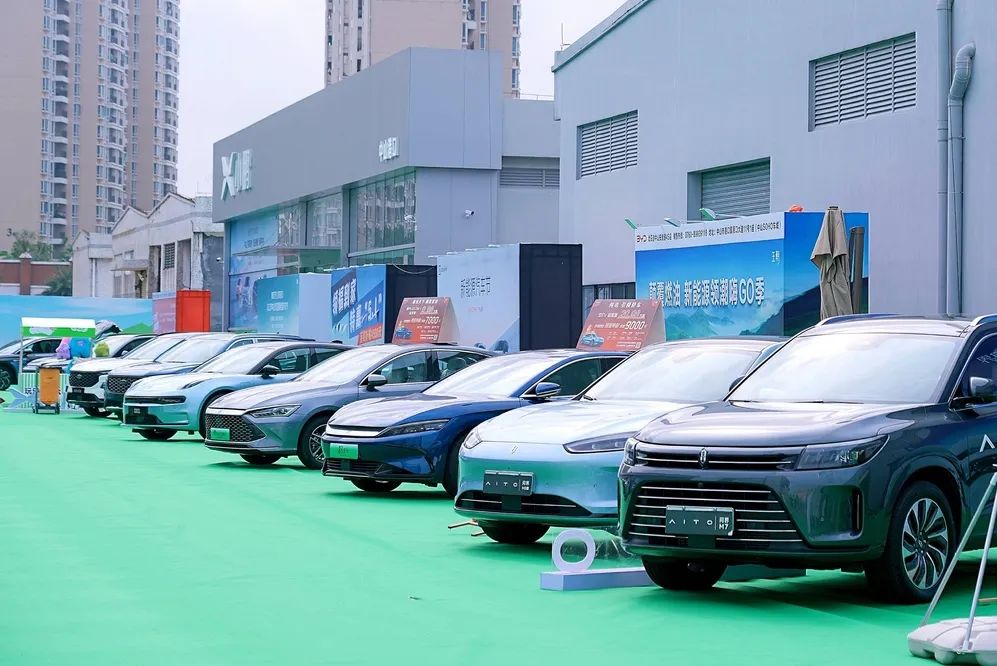
More importantly, automakers need to pay closer attention to consumers' personalized needs. With Huawei technology becoming a standard configuration, consumers will prioritize personalization and differentiation when selecting vehicles. Thus, automakers need to conduct in-depth market research and gather consumer feedback to understand consumers' needs and preferences, subsequently launching models and configurations that meet consumer expectations.
What Should Automakers Do If Huawei Becomes a Standard Configuration?
The enduring theme of competition in the automotive market is not simply about who has the most advanced configuration to stand out and dominate. Instead, the true allure of automotive market competition lies in how various automotive brands forge their unique competitiveness through brand building, product definition, etc., presenting a diverse and distinctive market landscape.
A classic example is from the era of fuel vehicles. Why can models like Volkswagen Lavida, Toyota Corolla, and Nissan Sylphy, which exhibit no significant differences in power, space, fuel consumption, quality, and other aspects, and are almost interchangeable for consumers, consistently maintain a top-three position in their respective sub-markets and compete neck-and-neck?
The reason is straightforward: What consumers value is not how outstanding the product itself is but the distinct images created by the brands behind these products. For instance, they choose Lavida for its German craftsmanship, Corolla for its energy efficiency and durability, and Sylphy for its comfortable ride. However, this does not imply that Lavida is not energy-efficient or durable, Sylphy is not crafted with care, or Corolla is not comfortable to ride in.
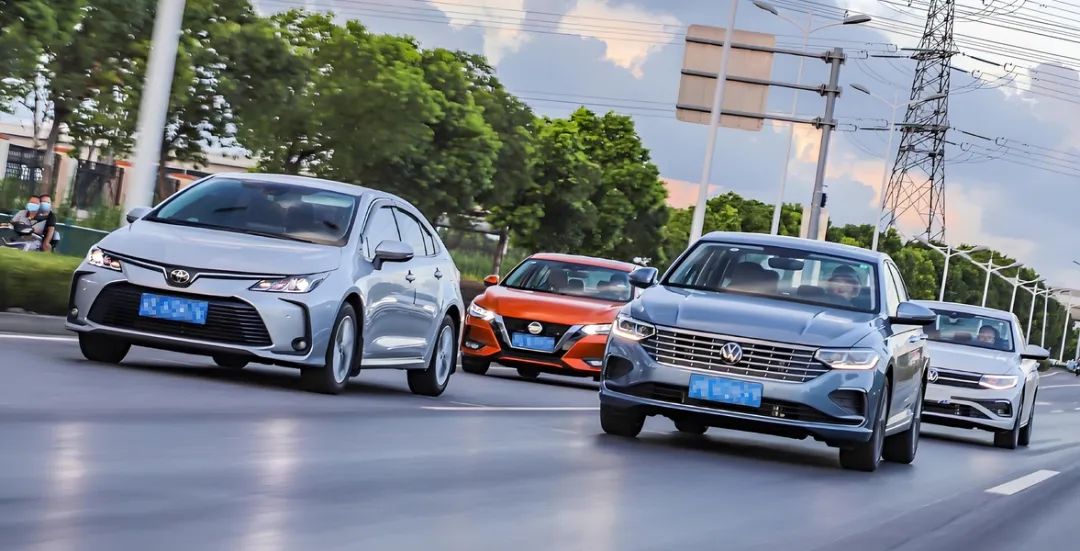
Rather, for a long time, Volkswagen, Toyota, and Nissan have focused more on conveying the unique selling points of their products in different sub-markets.
A successful automotive brand is more than just a name or logo; it is a recognition and identification of quality, reputation, value, and service in the minds of consumers. Automakers need to shape and enhance their brand image through continuous brand communication, high-quality products and services, and active social responsibility, thereby establishing a unique brand position in the minds of consumers.
Product definition involves automakers accurately positioning and differentiating models based on market demand and consumer preferences. Different consumer groups have varied vehicle usage needs and aesthetic preferences. Automakers need to conduct in-depth market research and consumer insight to precisely grasp changes in market demand and launch models and configurations that meet consumer expectations.
Whether it's a luxury car, an economy car, an SUV, or an electric car, each model has its unique market positioning and consumer base. Automakers need to address these diverse needs through precise product definition.
Adopting advanced or high-end configurations is merely a means for a brand or product to quickly capture the market in the initial stages. When this advantage diminishes, competition among all products will revert to the starting point. This is also true for Huawei's intelligent technology. Some brands or products can rapidly increase their volume through Huawei's intelligent empowerment, but this is certainly not a sustainable solution.
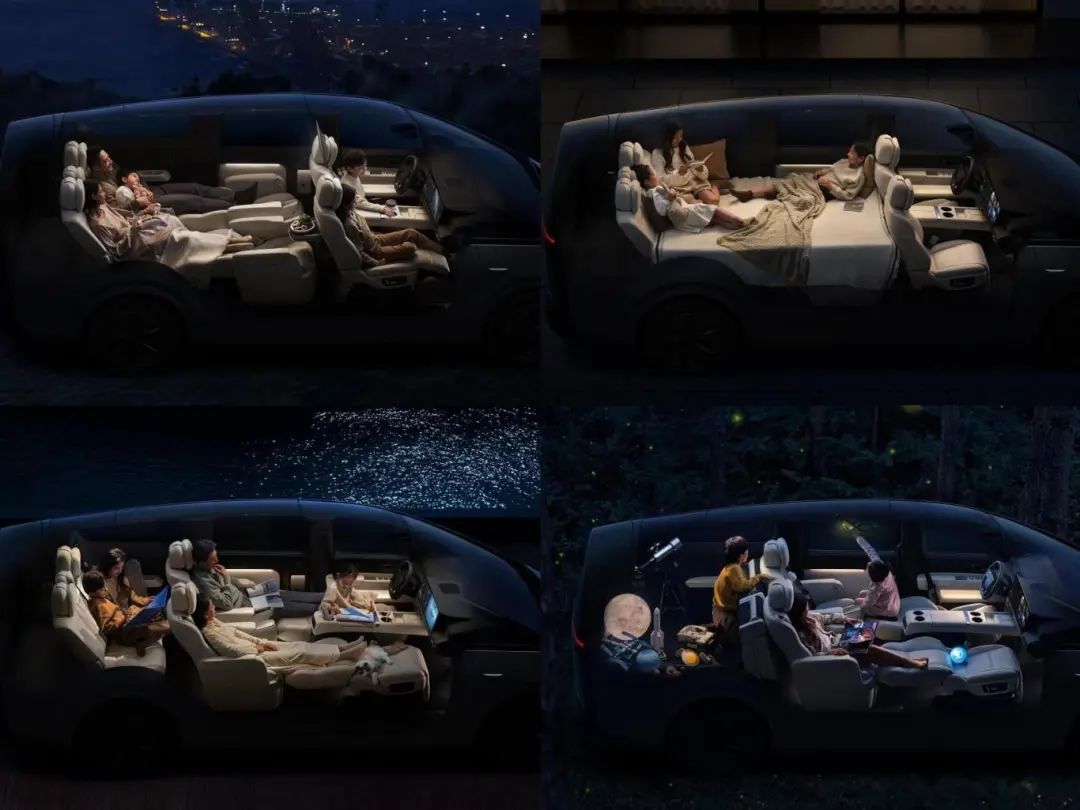
Today, we can also observe that new energy brands without Huawei's support have "emerged," such as Li Auto, Geely Galaxy, Leap Motor, and Zeekr. The success of these brands proves that success does not hinge solely on external technological support. Through their technological innovation, product positioning, and brand building, they can also excel in the market.
In terms of product definition, Li Auto targets the family user market with its "three-piece home appliance set"; Leap Motor emphasizes affordable prices and excellent cost-effectiveness; Zeekr offers an ultimate experience with a distinctive style. It is evident that these three automotive brands have distinct brand labels and a precise understanding of consumer demand.
Therefore, it can be said that what truly determines a brand's market success is the definition and strength of the product itself. An excellent product definition needs to comprehensively consider multiple factors such as market demand, technological trends, and consumer psychology to create a product that truly resonates with consumers.
Among the many new energy brands that collaborate with Huawei, those that can best define their products will be able to more accurately grasp market demand and more precisely meet consumer expectations. Such brands will not only maintain a technological edge but also excel in market performance, earning the favor and trust of consumers.
Thus, in a scenario where everyone uses Huawei, the one with the best product definition is most likely to prevail. This is not only a judgment for the new energy vehicle market but also an inspiration for all industries and brands.




